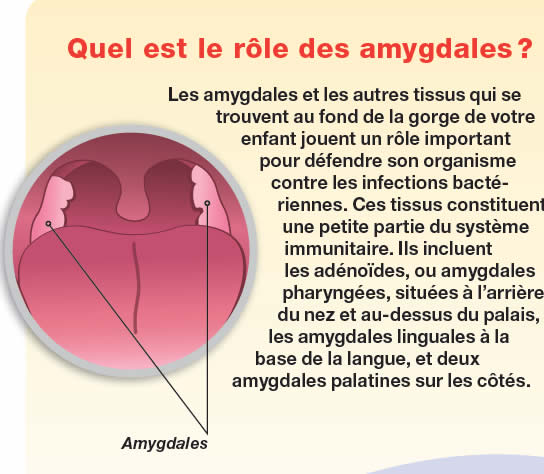Dental Torus Causes

The discovery of a bony growth in the mouth can be a startling experience, especially when it appears without any apparent cause or warning. Dental torus, also known as torus palatinus or mandibular torus, refers to a specific type of bony growth that occurs on the palate (the roof of the mouth) or on the mandible (the lower jawbone). Understanding the causes of dental torus is crucial for both dentists and patients, as it helps in determining the best course of action and alleviating any concerns about the condition’s implications on oral health.
Definition and Prevalence
Dental torus is a benign (non-cancerous) growth that is more common than one might think. It is estimated that about 20% to 30% of the population may have some form of torus, with torus palatinus being more prevalent than mandibular torus. Despite its relatively high prevalence, dental torus rarely causes any symptoms and is often discovered incidentally during a routine dental examination.
Causes and Risk Factors
While the exact cause of dental torus is not entirely understood, research suggests that it is linked to a combination of genetic, environmental, and hormonal factors.
Genetic Predisposition: There is a strong indication that dental torus can run in families, suggesting a genetic component. Individuals with a family history of torus are more likely to develop this condition.
Environmental Factors: Environmental influences, such as diet and lifestyle, may also play a role. For example, a diet high in certain nutrients or minerals might influence bone growth.
Hormonal Changes: Hormonal fluctuations, particularly during puberty, pregnancy, or menopause, might affect bone metabolism and lead to the development of torus.
Anatomical Attributes: The shape and structure of the jaw and palate can influence the likelihood of developing dental torus. For instance, individuals with a high-arched palate may be more prone to torus palatinus.
Age and Sex: Dental torus is more commonly found in adults, with the condition becoming more apparent with age. Women are more likely to develop torus palatinus, possibly due to hormonal influences.
Impact on Oral Health
In most cases, dental torus does not cause any discomfort or health issues. However, in some instances, it can lead to difficulties, such as:
- Interference with Dental Work: The presence of a torus can sometimes complicate dental procedures, such as the fitting of dentures.
- Irritation and Ulcers: If the torus is large enough, it may cause irritation to the overlying tissue, leading to ulcers or discomfort, especially if it comes into contact with hard or sharp foods.
- Aesthetic Concerns: Although rare, some individuals may find the appearance of a torus aesthetically displeasing, especially if it is large or prominently located.
Management and Treatment
The management of dental torus depends on its size, location, and whether it causes any symptoms.
- Monitoring: Small, asymptomatic tori are usually left alone but monitored during regular dental check-ups to ensure they do not grow or cause problems.
- Surgical Removal: In cases where the torus causes discomfort, interferes with dental work, or is aesthetically concerning, surgical removal may be considered. This procedure is typically straightforward and performed under local anesthesia.
Prevention
While there is no proven method to prevent dental torus, maintaining good oral health through regular dental check-ups, a balanced diet, and proper oral hygiene practices can help in the early detection and management of torus, should it develop.
Conclusion
Dental torus, while seemingly alarming at first glance, is generally a benign condition that requires little to no intervention. Understanding its causes and implications can help alleviate concerns and ensure that any necessary steps are taken to maintain optimal oral health. For those who do experience issues related to dental torus, modern dentistry offers effective solutions to manage or remove the condition, ensuring comfort and aesthetic satisfaction.
Frequently Asked Questions
What is the main difference between torus palatinus and mandibular torus?
+Torus palatinus occurs on the roof of the mouth (palate), whereas mandibular torus occurs on the lower jawbone (mandible). Despite their different locations, both are benign bony growths with similar causes and implications.
Is dental torus related to any systemic diseases?
+While dental torus itself is not a direct indicator of systemic diseases, research suggests that individuals with certain conditions, such as Down syndrome or familial multiple osteochondromas, may have a higher prevalence of torus. However, in most cases, dental torus is an isolated finding without underlying systemic implications.
Can dental torus be prevented through diet or lifestyle changes?
+Currently, there is no conclusive evidence that dietary or lifestyle changes can prevent dental torus. Since the condition has a strong genetic component and its exact causes are multifactorial, prevention strategies are not well-defined. However, maintaining good oral health and overall wellness can help in the early detection and management of torus, should it develop.
By understanding dental torus, its causes, and its implications, individuals can better navigate their oral health, addressing any concerns or questions they might have about this condition. Whether through monitoring, management, or removal, modern dental practices offer a range of solutions to ensure that dental torus does not interfere with one’s quality of life.

